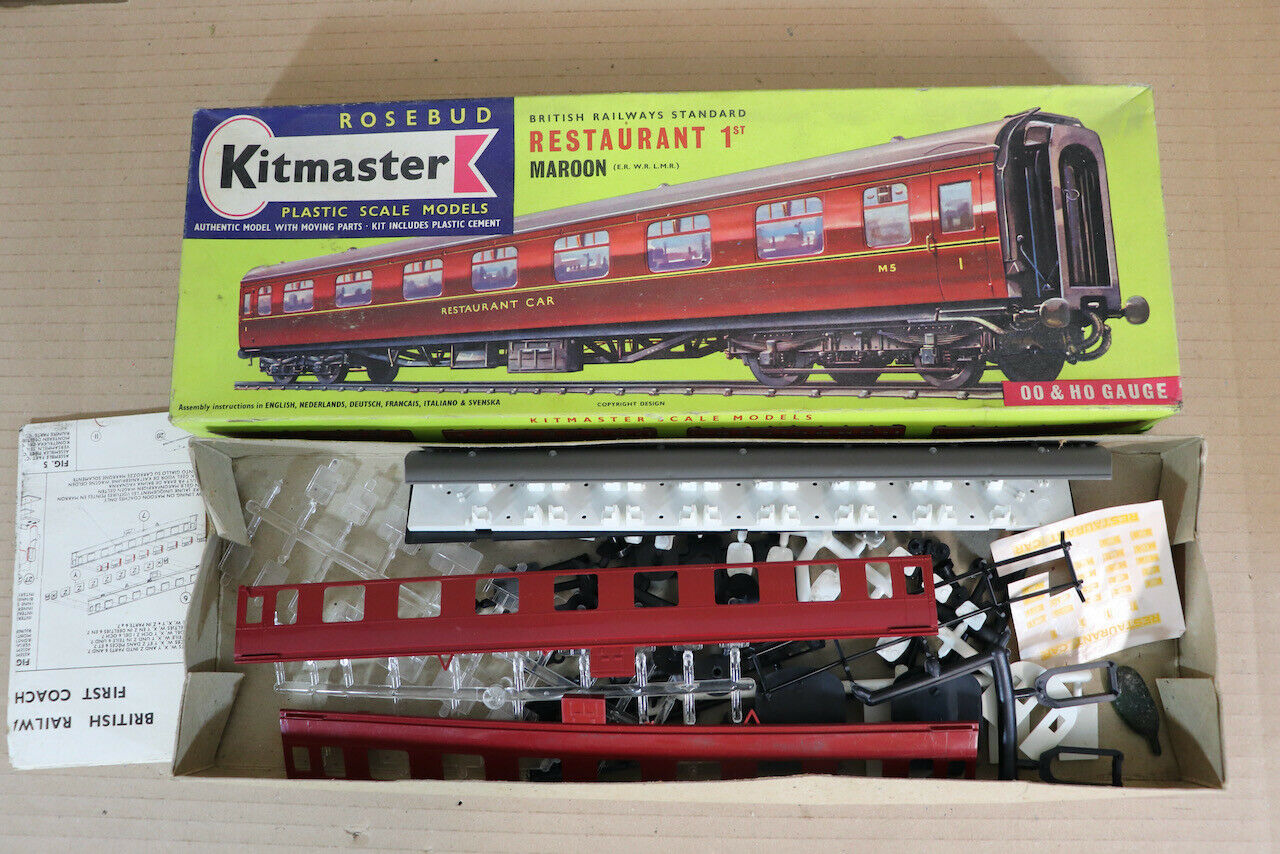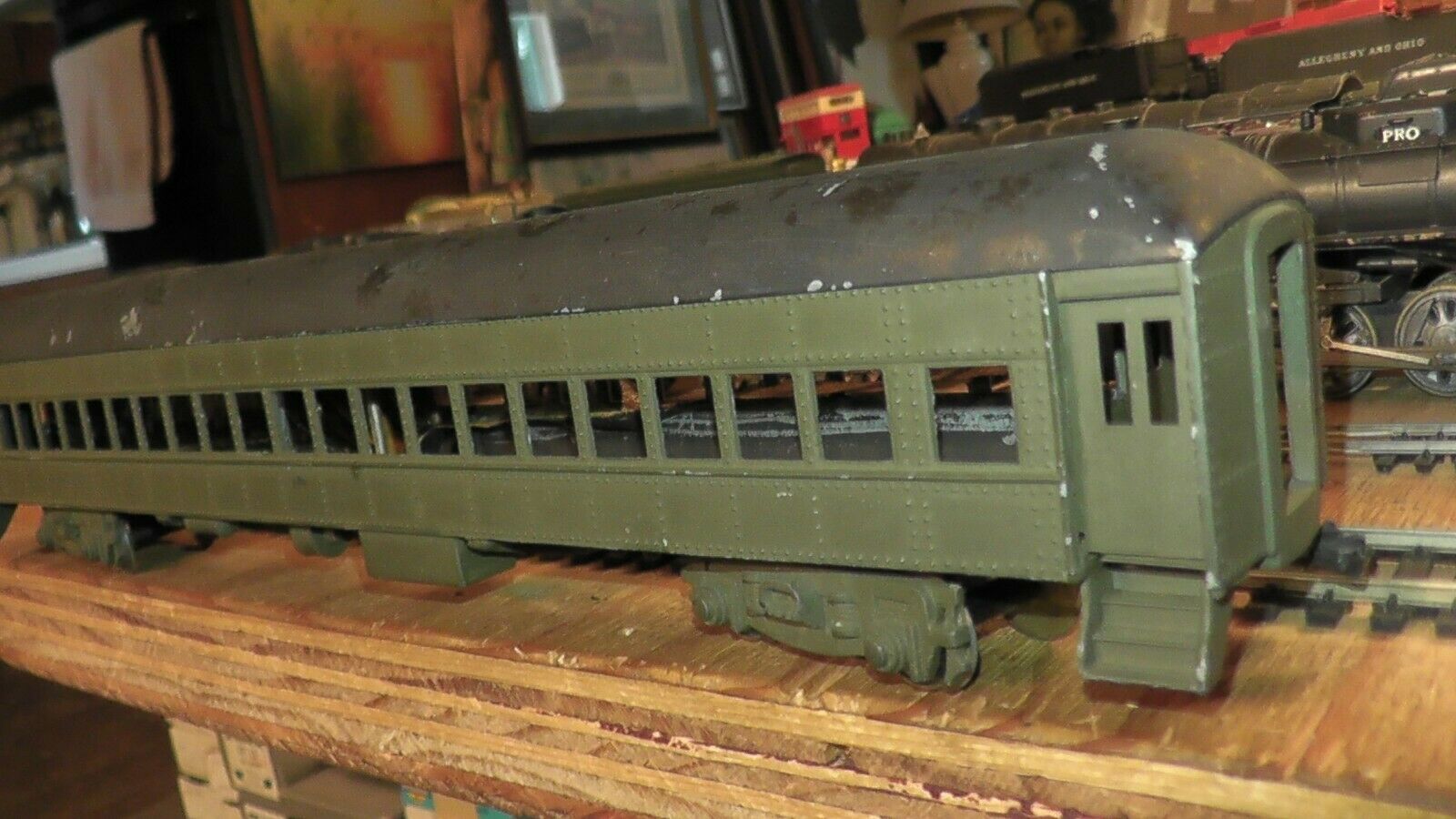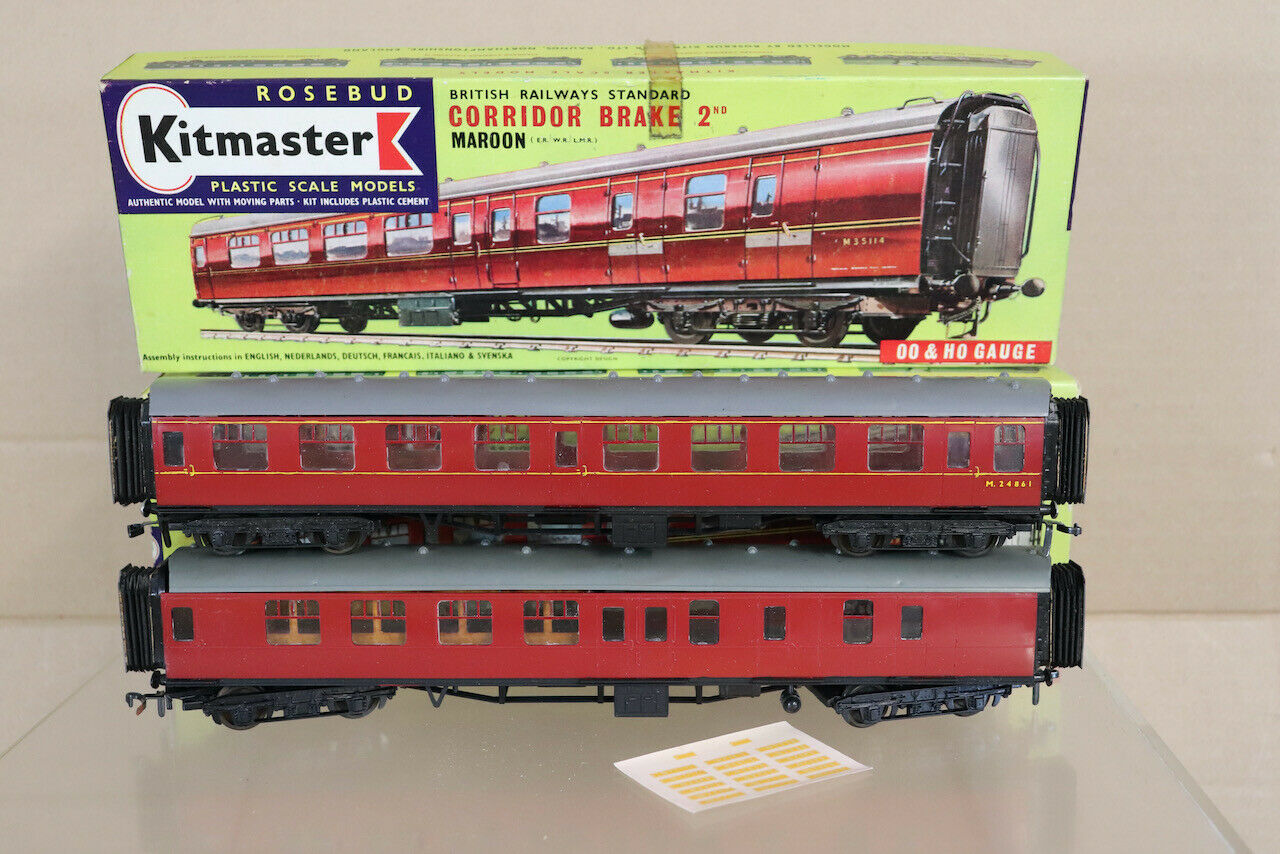-40%
Hornby R4516B,LNER Gresley Non-vestibuled Suburban 3rd Class Coach, Teak
$ 23.33
- Description
- Size Guide
Description
R4516B,LNER Gresley Non-vestibuled Suburban 3rd Class Coach, Teak
Running number: 21022
Designs for the LNER non-vestibuled coaches were prepared in 1923, during the first year of Grouping, with the drawings being prepared at Doncaster for four types: Third, Brake Third, Composite and First. By December, work on the standard designs had been completed and consent was given to most of the drawings, the 51ft non-vestibuled stock being built to a height of 12ft 10in to enable it to work over the the LNER's widened lines.
The teak bodies were flat ended and, with beading, the overall body length was 51ft 1½in, the width 9ft 3in whilst where possible, the distance between the compartment partitions was standardised at 7ft 3in for first and 6ft 2in for third. In 1924, no fewer than 186 non-vestibuled coaches were on order, replacement of four and six wheeled stock being the priority, especially where these vehicles were unheated.
The Brake Third was built to Diagram 65 and seated forty in four compartments. Built with a guard’s ducket and with two sets of double doors to the guard’s brake/luggage compartment, which was labelled to carry three tons. The Third was built to Diagram 57 and seated eighty in eight compartments. Along with the 9ft wide Diagram 56 designs, these types were the most numerous single type of non-vestibuled coaching stock.
The Lavatory Composite was built to Diagram 50 and seated fifty two in seven compartments. The standard semi-corridor lavatory composite was intended for longer workings and had internal corridors for access to the lavatory in each class, the first class corridor on one side and the third class on the opposite side of the body. With the exception of those built to Diagram 244, all had long windows along each corridor side. Such was the success of the type, the design was used for the pre-war steel panelled variants, the post-war LNER variants and by British Railways for the non-vestibuled standard stock.









